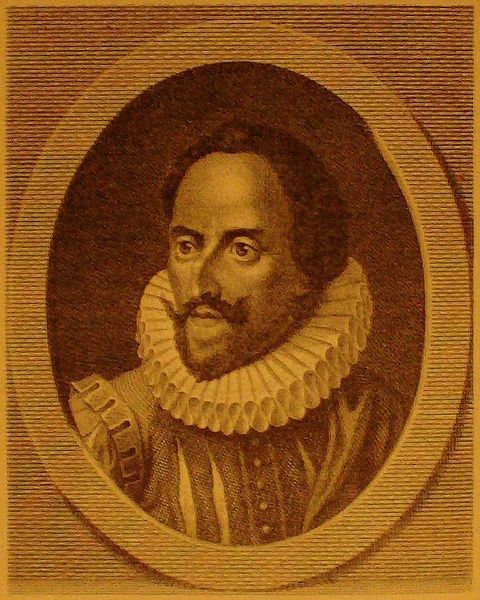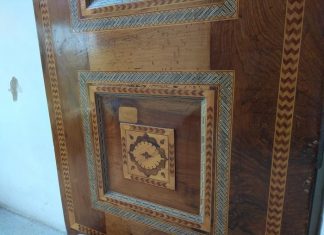The coronation of images is an example of an old and obvious symbolic sign of honour that has become a fixed rite. The Greek pagans offered golden crowns to their idols as specially worthy gifts. St. Irenæus (d. 202) already notices that certain Christian heretics (the Carpocratian Gnostics) crown their images. He disapproves of the practice, though it seems that part of his dislike at any rate is because they crown statues of Christ alongside of those of Pythagoras, Plato, and Aristotle (“Adv. omn. haer.”, I, xxv).
The offering of crowns to adorn images became a common practice in the Eastern Churches. In itself it would mean no more than adding such additional splendour to the icon as might also be given by a handsome gold frame. Then the affixing of the crown naturally attracted to itself a certain amount of ritual, and the crown itself, like all things dedicated to the use of the Church, was blessed before it was affixed.
At Rome, too, a ceremony evolved out of this pious practice. A famous case is the coronation of the picture of our Lady in St. Mary Major. Clement VIII (1592-1605) presented crowns (one for our Lord and one for His Mother, both of whom are represented in the picture) to adorn it; so also did succeeding popes. These crowns were lost and Gregory XVI (1831-46) determined to replace them. On 15 August, 1837 surrounded by cardinals and prelates, he brought crowns, blessed them with a prayer composed for the occasion, sprinkled them with holy water, and incensed them.
The “Regina Coeli” having been sung he affixed the crowns to the picture, saying the form — “Sicuti per manus nostras coronaris m terris, ita a te gloria et honore coronari mereamur in coelis” — for our Lord, and a similar form (per te a Jesu Christo Filio tuo . . .) for our Lady. There was another collect, the Te Deum, a last collect, and then High Mass coram Pontifice. The same day the pope issued a Brief (Coelistis Regina) about the rite. The crowns are to be kept by the canons of St. Mary Major. The ceremonial used on that occasion became a standard for similar functions.
Our Lady since the seventeenth century
The Chapter of St. Peter have a right to crown statues and pictures of our Lady since the seventeenth century. A certain Count Alexander Sforza-Pallavicini of Piacenza set aside a sum of money to pay for crowns to be used for this purpose. The first case was in 1631, when the chapter, on 27 August, crowned a famous picture, “Santa Maria della febbre”, in one of the sacristies of St. Peter.
Read More about John of Damascus part 11








